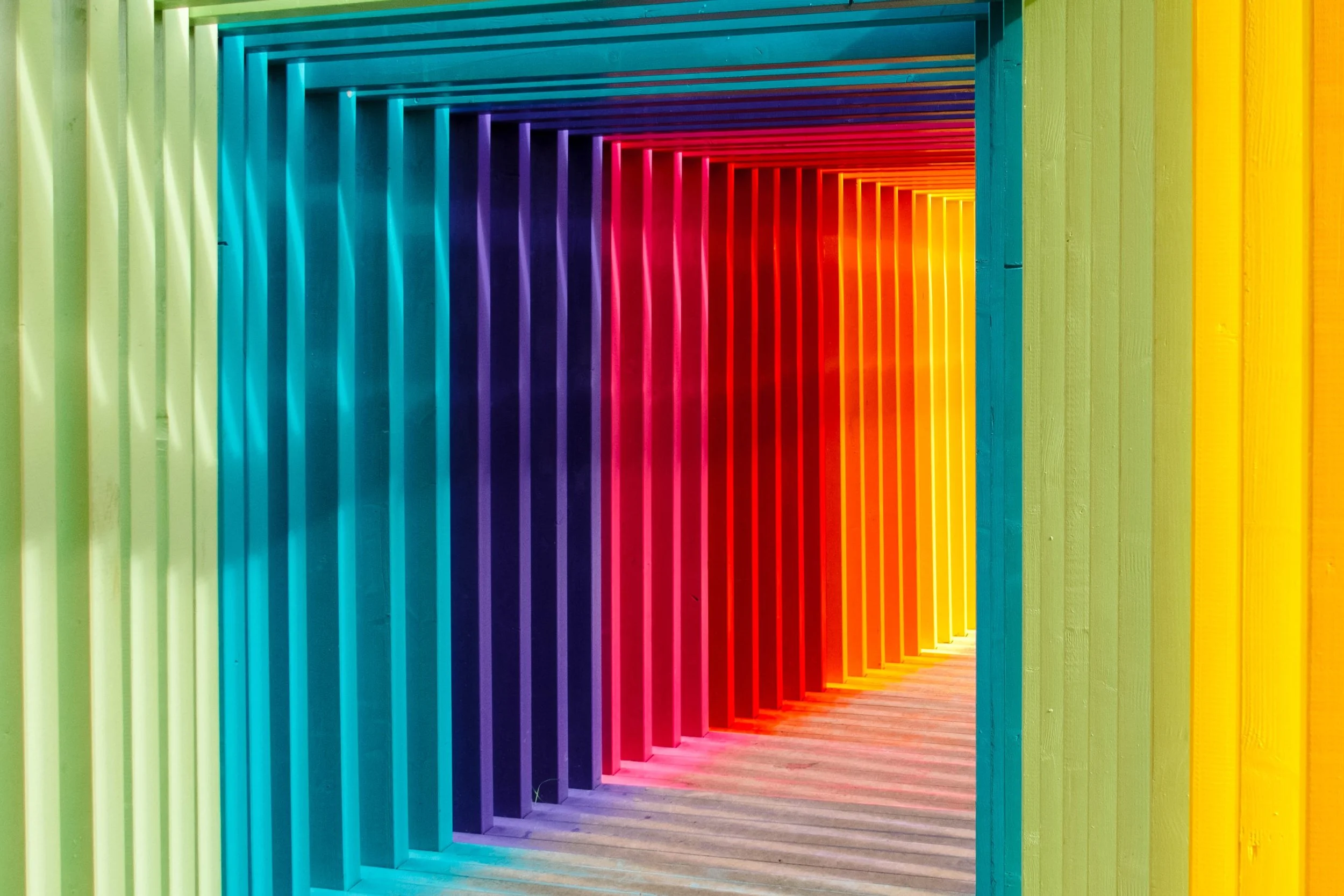How Sign Colors Affect a Customer’s Response
Photo by Robert Katzki on Unsplash
July 23rd, 2021 · Taye HardingSign design requires careful planning and execution of several different elements. Font size, sign dimensions, and even images can be the difference between an effective sign and one that falls short.
Arguably, one of the most crucial elements of a sign, is colour. There have been many different studies done over the years that show how people subconsciously react to different colours. The name of this experience is the “Psychology of Colour” and it subconsciously affects the behaviour of a person and influences how they act.
Different cultures feel different emotions when interpreting the same colour. For example, in China, people equate the colour red to “luck” and “joy,” while in North America, we consider red to be intense and exciting.
If you design your own signs, we’ve made a handy list as to what the colours mean and when you should use them to make your signs more persuasive or compelling.
Black
Black can represent power, intelligence, and stability. It’s a dominant colour that’s sometimes viewed as unknown or mysterious. Use the colour black if you’re trying to create a sense of mystery or suspense. It should be noted that black can be viewed as formal or boring if it’s the main colour of a sign.
Blue
The colour blue promotes peace and tranquility. It has a calming effect on the human brain and can offer a feeling of security, promote productivity, or suppress one's appetite.
Restaurants should be cautious of their usage of the colour blue when in close proximity to the menu or menu boards. If your brand is trying to promote trust, then there’s no better colour to use than blue.
Orange and Yellow
Orange and yellow are seen as happy, cheerful, and bright colours. They can convey a sense of warmth, clarity, and optimism if used in the design of a sign. Companies such as Subway, Best Buy, and McDonald’s incorporate these in their signage and branding.
The colour yellow by itself has been known to cause babies to cry, and orange might lead some people to feel anxious or nervous.
These colours are particularly useful in signage that promotes impulse buys, especially near the checkout aisle.
Red
Red is attention grabbing, angry, and fast. Fast-food restaurants will often use it in their signage as it can indicate quick hunger. Retail stores will use red to promote a sense of importance when promoting their in-store sales. This makes red an excellent choice for signs that need to express intensity, spirit, or seriousness.
Purple
Purple is often associated with respect, originality, or creativity. It’s a noble colour that many creative agencies will use in their branding.
High-end fashion brands will often use purple to symbolize exclusivity and high-quality for their products.
Green
The colour green makes people think of nature. It’s often used by companies who want to affiliate their brands with nature and purity. Health-based businesses often use green to create an emotional connection to their products.
Green can also help stimulate the brain to prevent procrastination making it an excellent colour for signs that have a deadline or showcase time-sensitive information. Many sign designers will also use it when trying to help guide a customer to make a certain choice.
Elements of Design
The contrast and shade of the colours that you use should always be taken into consideration when designing a sign. It’s possible for people to develop eye strain if they view a sign that has two non-complementary colours.
Thus, a colour wheel is a useful tool that can help sign designers select colours that will complement one another and prevent consumers from experiencing eye strain.
Darker shades of colour tend to work well when signs have lots of information put into a small space. Brighter shades of colour can give off an energetic feeling, which can help persuade people to respond quicker.
